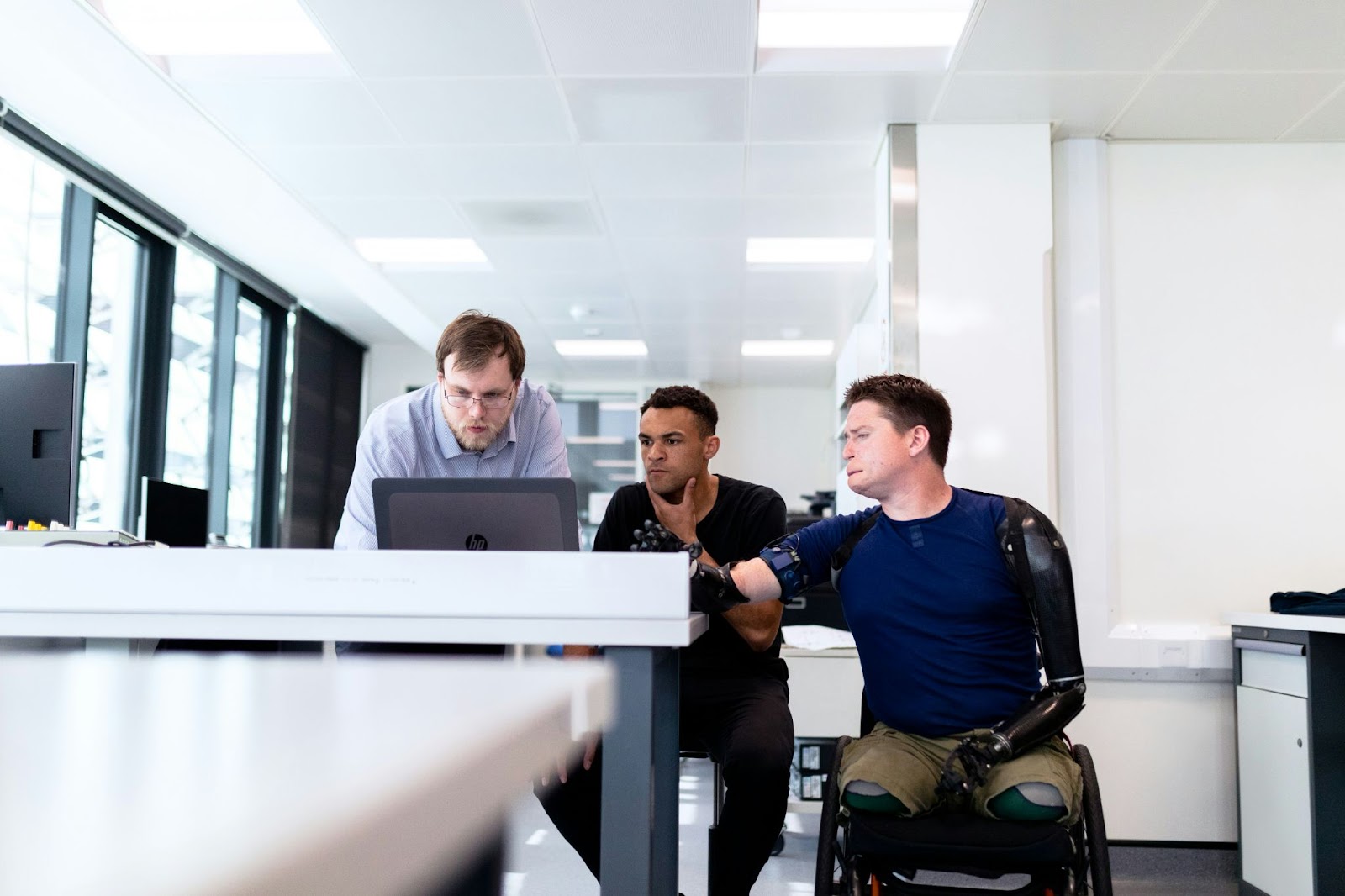July 13, 2025
.jpg)
Tech innovation is no longer just about writing better code; it’s about writing smarter code with the right tools, talent, and timing. And at the center of that evolution? The modern AI platform.
For CTOs, CPOs, and heads of engineering, the challenge is clear: build, scale, and ship fast, without sacrificing quality or draining budgets. But with a global tech talent shortage and accelerating delivery expectations, traditional workflows are failing to keep up.
This is where artificial intelligence platforms come in. These AI-driven ecosystems are transforming the way teams design, develop, test, and deploy software. Not as a “nice-to-have,” but as a core requirement for speed, scale, and competitive advantage.
Let’s explore how AI platforms are shaping the next era of software, the capabilities leaders can harness today, and the risks of standing still.

For decades, software development has been built on manual tasks, line-by-line coding, QA processes, documentation, debugging, and deployment. But with growing complexity, globalized teams, and pressure to ship faster, cracks are showing, as seen in cases like Jeddah Enterprises investing in software modernization to overcome legacy inefficiencies and scale innovation.
Today’s software lifecycle looks very different:
According to McKinsey’s 2023 developer productivity report, AI-enabled engineering teams saw a 20–50% increase in speed-to-market across key workflows. These gains weren’t theoretical; they translated to real delivery impact across design, coding, testing, and shipping.
And this isn’t limited to Big Tech. Startups, SaaS companies, and enterprise IT departments are all beginning to implement AI as a force multiplier, allowing smaller teams to deliver at larger scales.
The tools we use shape the products we create. And AI platforms are not just tools, they’re new systems of work. Here’s why that matters for decision-makers:
With AI-assisted code generation, boilerplate is reduced dramatically. What used to take weeks, scaffolding frontends, generating API specs, and creating database schemas, now takes hours.
Even product documentation and user flows can be mocked up in minutes, letting product teams validate concepts early and iterate with speed.
In a survey by Capgemini, 71% of tech executives said AI tooling helped reduce project delays by more than a quarter in the first 6 months of deployment.
Hiring senior developers is increasingly difficult, especially in competitive regions like the US, Canada, and the UAE. AI platforms close that gap by enabling mid-level or junior engineers to operate at a higher level of output, guided by intelligent tools.
This doesn’t eliminate the need for talent, but it allows smaller, leaner teams to perform at enterprise scale. It also makes upskilling internal teams more effective when AI is embedded in their workflow.
AI-based QA and static analysis tools can catch bugs, enforce style consistency, and prevent performance regressions, all before code hits production.
GitLab’s 2024 DevSecOps Report found that automated AI-driven code review reduced post-deployment bugs by 30% across high-velocity teams.
That’s not just time saved, it’s product quality preserved under pressure.
The best AI platforms aren’t generic assistants; they’re tightly integrated into your ecosystem, reflecting the broader trend marked by the rise of AI product development, where tech leaders embed AI to drive performance.
Using tools like Vercel’s AI UI assistant or custom design-to-code pipelines, product teams can convert Figma designs directly into functional components, significantly reducing frontend development cycles.
QA teams are using AI tools to automatically generate unit, integration, and end-to-end tests based on user stories and code context, improving test coverage with less manual effort.
With AI observability platforms, such as Dynatrace or New Relic AI, ops teams get real-time alerts not just on what broke, but why, often before users even report issues.
AI copilots integrated into IDEs and wikis ensure that documentation evolves alongside code changes, maintaining alignment between engineering and product.
For teams dealing with large, undocumented legacy systems, AI platforms can be trained to answer context-aware questions about architecture, logic, and dependencies, like ChatGPT, but for your repo.

Not all AI solutions are created equal. Here’s what tech leaders should prioritize when selecting or building their own AI-driven development stack:
These are more than technical checkboxes; they define whether your AI investment becomes a long-term advantage or a short-term gimmick.
AI adoption isn’t without challenges. Data privacy, hallucination risks, and model explainability, all valid concerns. But the greater risk is falling behind.
Gartner predicts that by 2026, 75% of software engineering teams will use AI code generation tools in production workflows, up from less than 10% in 2022.
Early adopters aren’t just experimenting; they’re building velocity and compounding gains. Teams that delay risk higher burn, slower time to market, and difficulty attracting top talent.
At Type B, we work with fast-scaling product teams that have crossed their MVP stage and are now ready to scale. Many of them are building in fintech, healthtech, and SaaS industries that demand velocity without technical debt.
Here’s what we’re seeing:
We embed agile squads with a strong product mindset and AI-native practices, helping our clients shift from proof-of-concept to scalable architecture, fast.
And we don’t just plug in AI tools, we help define where AI platforms will deliver ROI vs. where human creativity still wins.
The question isn’t whether your team should adopt AI, it’s how quickly you can adapt to the new reality.
AI platforms are not a replacement for engineering talent. But teams that combine human product sense with AI-powered workflows will outpace those that don’t, every time.
If you’re building at speed, scaling quickly, or running lean, AI is no longer a future advantage. It’s a present necessity.
Need help making your dev org AI-ready? Type B brings product-thinking, engineering depth, and AI-native delivery that moves fast, scales cleanly, and avoids bloat.
Let’s collaborate on your next big idea.